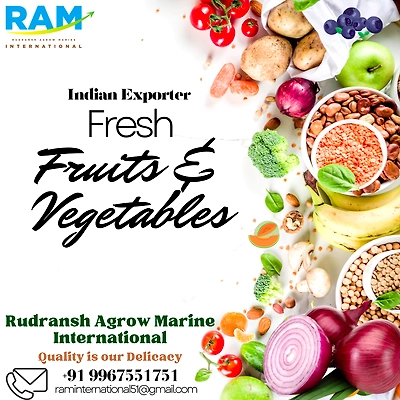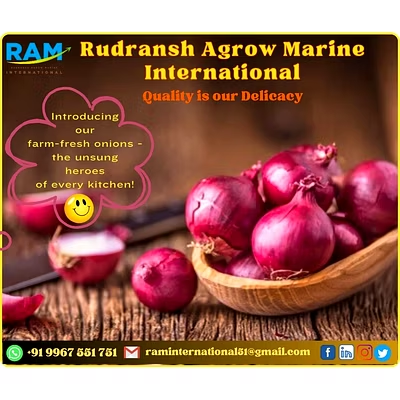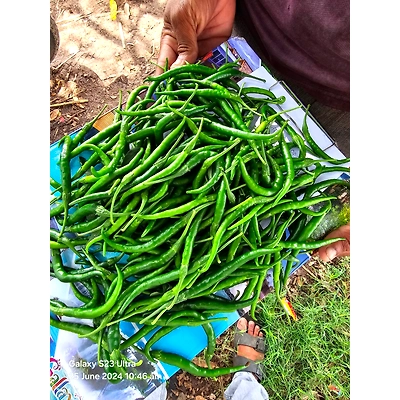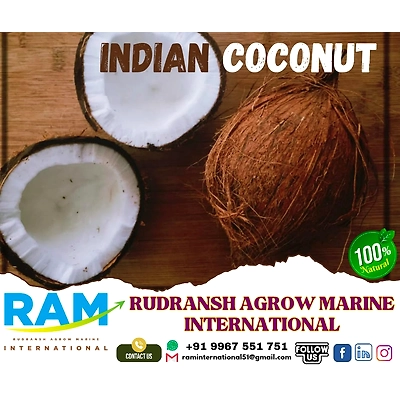FRESH VEGETABLES
Indian Fresh Vegetables – Export Summary
India is one of the world’s leading producers and exporters of fresh vegetables, offering a rich variety of produce grown across diverse agro-climatic zones. With strong agricultural traditions, modern farming techniques, and increasing global demand, Indian fresh vegetables are gaining popularity in international markets for their flavor, quality, and competitive pricing.
✅ Key Exported Vegetables
Onions – Red, white, and yellow varieties; long shelf life.
Green Chilies – Popular for spice-loving markets.
Okra (Lady Finger) – High demand in the Middle East, UK, and EU.
Bitter Gourd, Bottle Gourd, Ridge Gourd – Popular in Asian communities.
Drumsticks (Moringa) – Nutrient-rich superfood.
Curry Leaves, Coriander Leaves, Mint Leaves – Widely used herbs.
Other Exports – Brinjal (eggplant), Cluster Beans, Tindora, Cabbage, Cauliflower, Tomatoes, etc.
Fresh Onion
Overview
Fresh Indian onions are a staple in Indian cuisine and are known for their strong flavor, versatility, and nutritional benefits. They come in several varieties, including red, white, and yellow onions, each with unique characteristics. India is one of the largest producers of onions globally, and they are cultivated extensively in states like Maharashtra, Karnataka, and Gujarat.
Usage:
Raw: Salads, chutneys, garnishes.
Cooked: Curries, gravies, biryanis.
Pickled: Traditional Indian pickles.
Fried/Caramelized: Toppings for dishes.
Benefits:
Nutritional: Rich in vitamins (C, B6), minerals (potassium), fiber.
Health: Antioxidant, anti-inflammatory, supports heart health, immune function, and digestion.
Other: May help lower blood sugar and reduce cancer risk.
Green Chilly
Green chili, a key ingredient in many cuisines, is known for its pungent flavor and vibrant color. It is commonly used in cooking to add spice, enhance flavors, and as a garnish. Rich in vitamins A, C, and K, green chili also contains antioxidants, which support immune function and skin health. Its capsaicin content boosts metabolism, aids in weight loss, and has anti-inflammatory properties, potentially providing pain relief and improving digestion. Additionally, green chili may help lower blood sugar levels and has antimicrobial effects, contributing to overall health.
In culinary use, it can be found fresh, dried, or powdered in various dishes, sauces, and pickles across different cultures.
Semi Husk Coconut
Overview:
A semi-husked coconut refers to a coconut where part of the fibrous outer shell, or husk, has been removed, leaving a portion intact. This makes it easier to transport, store, and use while still retaining some natural protection.
Usage:
Culinary Applications: The primary use of semi-husked coconuts is for their edible components. The flesh can be grated or sliced for various dishes, and the water inside is often consumed as a refreshing drink.
Oil Production: Coconut flesh is processed to extract coconut oil, used in cooking, cosmetics, and for medicinal purposes.
Milk and Cream: The grated flesh can be pressed to produce coconut milk and cream, which are staples in many tropical cuisines.
Desiccated Coconut: The dried and shredded flesh is used in baking and confectionery.
Charcoal and Coir: The husk can be processed into coir for ropes and mats, and the shell into charcoal.





